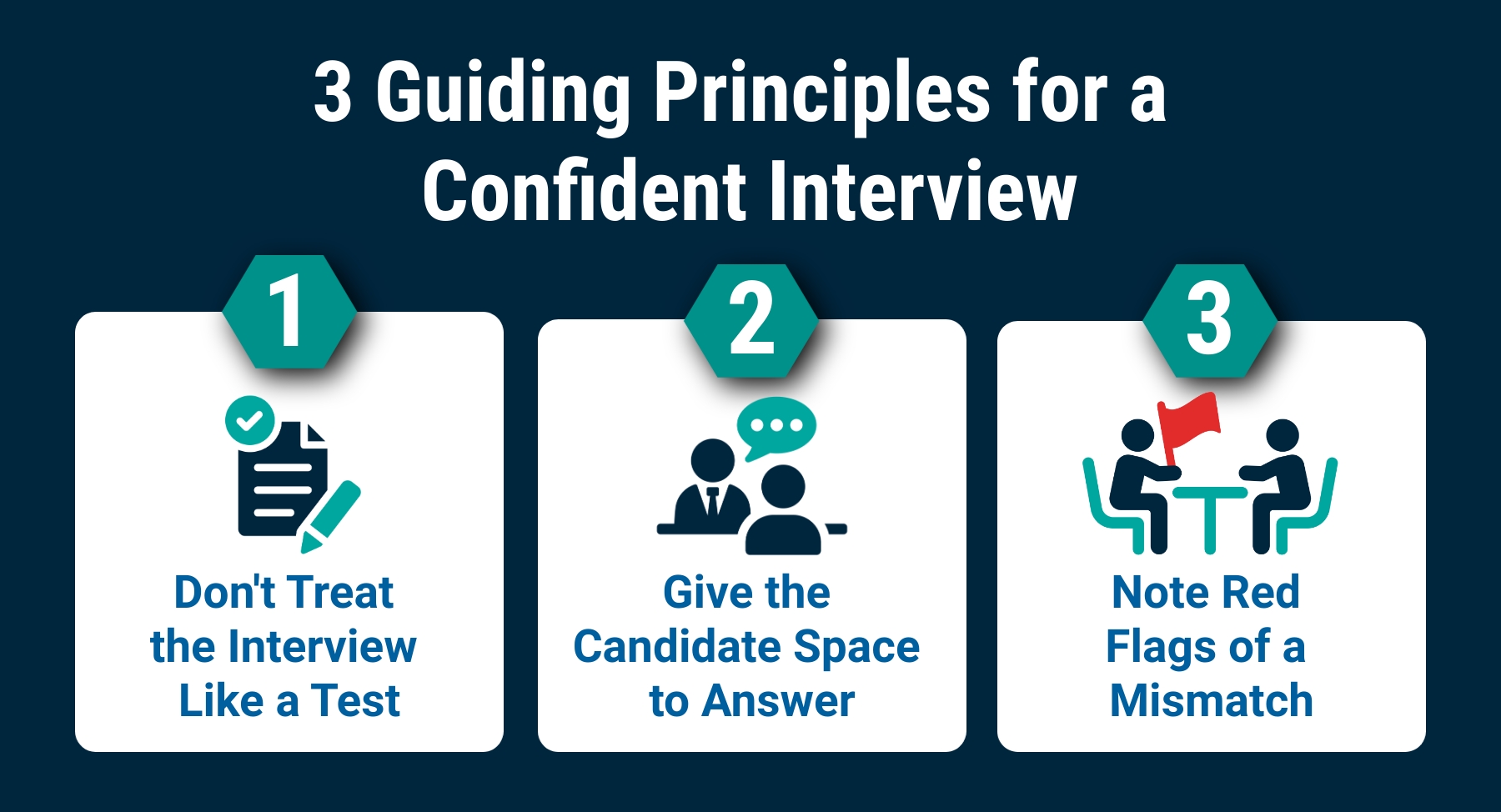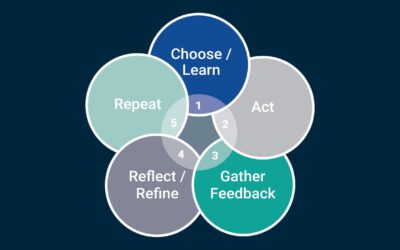Even as new trends and sensational headlines emerge in recruiting and hiring, a thorough interview remains the most pivotal tool to get to know a candidate. Conducting a successful interview, however, isn’t always easy. Most managers never receive the training they need to develop the expertise to truly understand a candidate and evaluate how strong of a match they are for the role. More often, they go off ‘feel” or “intuition.” Moreover, managers often fit interviews into empty calendar space or at off times, further preventing their ability to conduct a thoughtful and contemplative interview.
Given the challenges, consider the following paramount principles as fundamental guidelines on how to conduct a valuable and productive interview.
About
Interviews are key to hiring, but many managers lack training and rely on intuition. In this article, Bell Leadership trainer Jon Player shares three proven principles for conducting successful interviews.
1. Don’t Treat the Interview Like a Test
Interviews are innately unnerving. Candidates are anxious, interviewers often don’t plan, and the circumstances may be awkward. Given those dynamics, don’t think of an interview as a “test” of the candidate. “Testing” a candidate on their resolve, or ability to answer tricky questions, tends to increase defensiveness and decrease transparency. Instead, think of an interview as your opportunity to understand the candidate’s fundamentals– what skills are they bringing to the work, how do they perform their work, and who will they be as a part of the organization?
2. Give the Candidate Space to Answer
Generally, interviewers should follow the 80/20 rule – allow the candidate to talk for 80% of the interview. Many interviewers consider the forum as an opportunity to sell the company, the position, or even talk about their own experiences in the role. The 80/20 rule does not suggest you allow the candidate to simply talk about whatever they want. Use thoughtful questions as your guide, then allow the candidate to answer fully. Explore their responses with open ended questions to further develop your knowledge of them as a person.
Finally, don’t hesitate to allow for more time if you are intrigued by an answer. Don’t simply stick to the script and allow the opportunity to learn more about someone pass you by.
3. Note Red Flags as a Mismatch
Your goal in an interview is to find a match for your job – not to find the person you simply like best. Interviewers often gravitate towards candidates they feel most comfortable with. While “personality” is a component of what to look for in a candidate, it’s not determinative.
“Red Flags” don’t represent negative attributes, but are an indication of a potential mismatch. Consider whether the candidate has adequate technical skills to perform the work, whether the work structure and team matches their interests, and how you think they would interact with the team. Make note of areas of further inquiry and specific places where you have questions.
If you approach an interview looking for the match with notations of areas of incongruency (red flags), you will have a more accurate picture of who a candidate is within the context of your job.
As a leader, your time is one of your greatest assets. Spend it wisely – when you interview someone, make the time count. With the guiding principles provided here, your time with candidates will be more fruitful and purposeful.
Bell Leadership’s Selecting Achievers seminar covers the fundamentals of interviewing as well as other key pieces of an effective talent strategy. Click here to learn more and register.
Talk to a Bell Leadership expert.
Ready to dramatically improve your leadership results like so many of our clients?
About the Author
Jon Player, JD, MSPH
Bell Leadership Trainer, Speaker & Coach since 2016
When Jon works with a client, they aren’t surprised to learn about his background as an attorney and a scientist. Jon takes an investigative approach to identify and analyze issues that hinder growth, and he is a skilled presenter who has sharpened his skills before judges and juries. Companies who turn to Bell Leadership for training and consulting appreciate Jon’s unique perspective from his manifold experiences.
About the Author
Jon Player, JD, MSPH
Bell Leadership Trainer, Speaker & Coach since 2016
When Jon works with a client, they aren’t surprised to learn about his background as an attorney and a scientist. Jon takes an investigative approach to identify and analyze issues that hinder growth, and he is a skilled presenter who has sharpened his skills before judges and juries. Companies who turn to Bell Leadership for training and consulting appreciate Jon’s unique perspective from his manifold experiences.
Recent News and Insights
TRAINER TALK / Susan Gisler
My first professional leadership role quickly taught me that coaching wasn’t just relevant—it was essential to effective leadership. I transitioned from being a front-line physical therapist to leading a diverse team in a healthcare setting, and the coaching skills I...
TRAINER TALK / Bill Sanford
Rapid change, volatility, and increasing complexity are testing leaders in unprecedented ways. Economic uncertainty, shifting workforce expectations, technological disruption, and social fragmentation all create a pressing need for strong, steady leadership. But...
TRAINER TALK: Build Yourself by Jon Player
Several years ago, I accepted an invitation from a friend to a yoga class. The thought of going for the first time was intimidating. I didn’t know any of the language, poses or even where to go inside. Thankfully, the experience wasn’t as terrifying as I contemplated....





